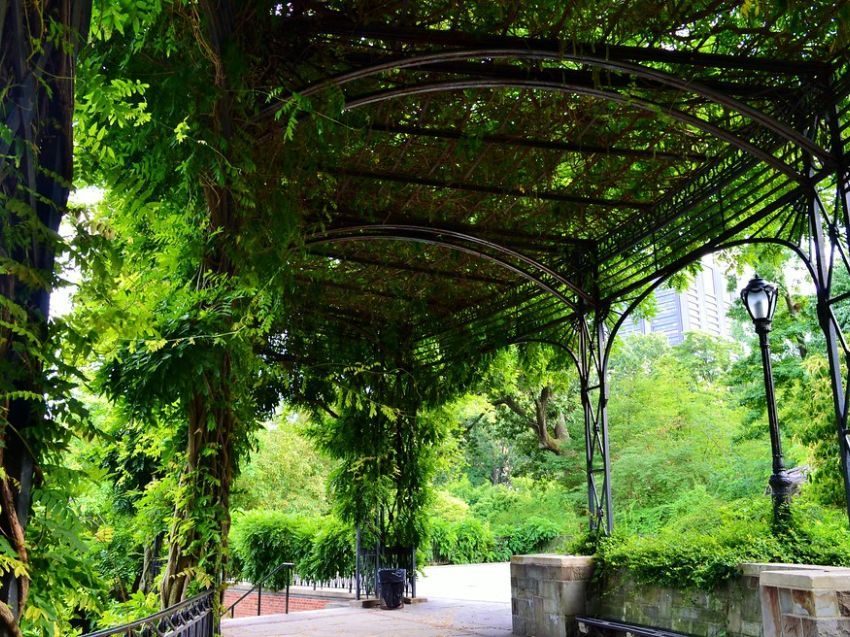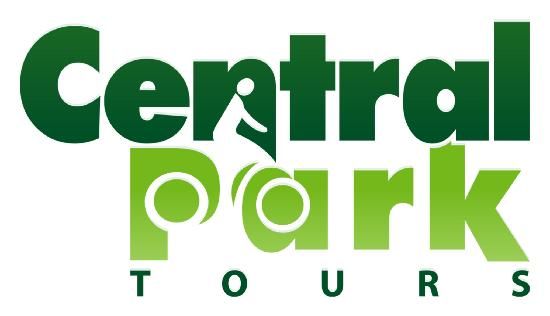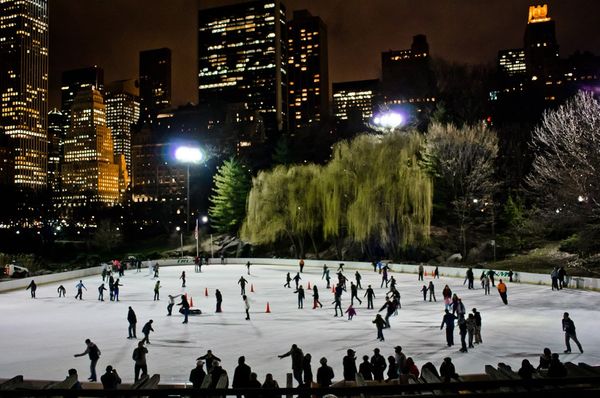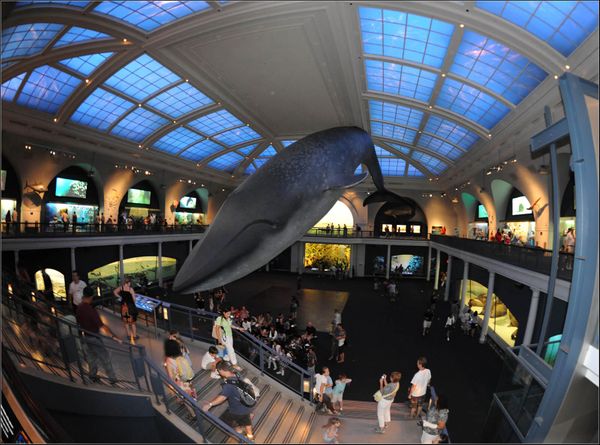Central Park’s Recent Renovations
The Central Park Conservancy, and some backstory.
Founded in 1980 following Central Park’s decline in the 1960s and 1970s, it was initially devoted to fundraising for projects that concerned the park’s restoration and improvement. It took on the management duties of the park in 1998. Since then, over the past 30 years, the Central Park Conservancy has invested nearly a billion dollars towards the restoration and enhancement of the park.
With an endowment of $200 million, primarily consisting of contributions from residents, corporations, and foundations, it provides 75% of the park’s $65 million yearly operating budget. It’s also responsible for all the basic care of Central Park and has historically provided maintenance support and training programs for other public parks in New York City.
In recent years.
The past two to five years have seen a majority of renovation projects pop up, some of them with funding of over $100 million, and today we’ll be talking about a bunch of them.
The most popular entrance to the Park, the Southwest Corner
Situated by the Merchants’ Gate, the Southwest Corner is the most visited way into Central Park with over 4 million visitors annually (accounting for 10% of the Park’s total visitors!)
The scope of the renovation project covers roughly 12 acres between the Park’s perimeter and the Drive, from Central Park South and Seventh Avenue to Central Park West and 66th street. The project’s work fell into 3 categories: landscape, perimeter, and comfort station.
Landscape-wise, the irrigation infrastructure responsible for keeping the lawns ever so green was expanded, the paths and drainage were reconstructed. The project also aimed to plant small specimen trees and add new site furnishings such as benches and drinking fountains.
As far as the perimeter goes, the renovation was all about accessibility. Pedestrian ramps were created, new benches were installed and the existing pavements and curbs were replaced.
The comfort station, which includes men’s and women’s restrooms, had not been touched since 1980. It would be closed in winter due to the lack of heating. Work on it included upgrading all the infrastructure (mechanical, electrical, plumbing), repairing water damage, making the restroom accessible to people with disabilities, and restoring the stone exterior.
The up-and-coming Conservatory Garden restoration.

Originally planned to be an arboretum by the park’s planners Fredrick Law Olmsted and Calvert Vaux, the site was initially a nursery for growing plants for the Park. By the late 1880s, greenhouses were built on-site, followed shortly by a glass conservatory (the origin of the garden’s name). Having fallen into disrepair, it was demolished in the 1930s and the six-acre outdoor garden was designed and built.
The first significant restoration since 1983, the project aims to improve the hardscapes of the Garden. It will include creating universal accessibility by converting stairs to ramps, restoring the distinctive bluestone pavements, upgrading infrastructure and modernizing fountain systems, improving drainage, and ensuring all parts of the Garden meet code requirements.
The Lasker pool and rink revamp
The northern end of Central Park that surrounds Harlem Meer is in for a treat. The $150 million plan calls for restoring the landscape surrounding the Harlem Meer, as well as building a new recreational facility with a new pool and rink.
The Lasker Rink and the pool were built in 1966 and currently acts as a concrete barrier between the Meer and the newly restored ravine. The renovation project includes removing the barrier and slightly moving the pool to allow the waterway that runs through the ravine to flow into the Meer.
A boardwalk will be built across several small islands and the freshwater marsh where the waterway flows into the lake, allowing for nature education programming including fishing, canoeing, and wildlife observation.
The design-led by the park’s chief landscape architect Christopher J. Nolan, Susan T. Rodriguez Architecture Design, and Mitchell Giurgola—aims to continue with the park’s tradition of creating spaces that connect its architecture to its landscape.



